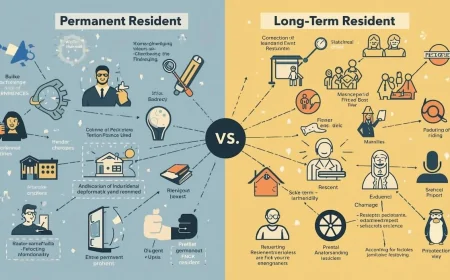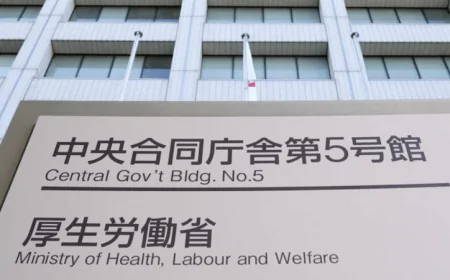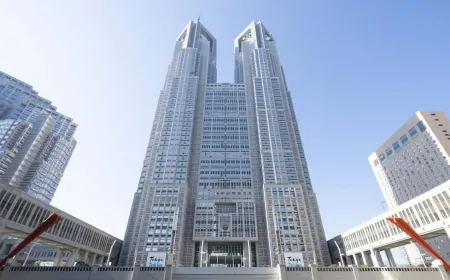Bankruptcy cases in Japan exceed 10,000 for the first time in 11 years
In 2024, the number of bankruptcies in Japan exceeded 10,000 for the first time in 11 years, sending a huge shock to the business world.

According to a survey by Tokyo Shoko Research, the number of corporate bankruptcies with total liabilities of 10 million yen or more increased 15.1% from the previous year to 10,006. This is due to a combination of factors such as the severe economic situation since the COVID-19 pandemic, the weak yen, and labor shortages.
In this article, we will explain in detail the background to this issue, the specific causes, and measures for Japanese companies to manage sustainably.
According to data from Tokyo Shoko Research, the number of bankruptcies in 2024 exceeded 10,000 for the first time since 2013. This increase is influenced by the following factors:
- Impact since the COVID-19 pandemic
The sudden drop in demand due to the COVID-19 pandemic hit some industries hard, causing many companies to fall into financial difficulties. A gradual recovery trend was expected in 2023, but this did not meet expectations, spurring an increase in the number of bankruptcies. - Impact of the weak yen
The yen continued to weaken in 2024, causing a significant increase in import costs. In particular, there were many cases of small and medium-sized enterprises being unable to cope with the rising cost of raw materials and going bankrupt due to a decline in profit margins. - Labor shortage
As the population declines and the aging population progresses, labor shortages have become a serious issue. In particular, in the manufacturing and food service industries, an increasing number of companies are being forced into bankruptcy due to the inability to secure sufficient human resources, making it difficult to produce and provide services.
Bankruptcy situation by industry
The increase in the number of bankruptcies is not common to all industries. The following industries were particularly affected:
- Manufacturing: Many companies saw their profit margins decline as raw material costs soared due to the weak yen.
- Food and beverage industry: The simultaneous decline in demand and labor shortages due to the COVID-19 pandemic made it difficult for many businesses to continue operating.
- Construction industry: The labor shortage and rising costs of building materials put pressure on businesses, leading to a noticeable number of companies going bankrupt.
Why did bankruptcies increase?
The increase in the number of bankruptcies is due to a combination of factors, including:
- End of government support
The end of loans and subsidies that were temporarily introduced during the COVID-19 pandemic dealt a major blow to small and medium-sized enterprises. Some companies faced increased repayment burdens and were forced into bankruptcy in an increasing number of cases. - Effects of inflation
The rise in fuel and raw material costs forced companies to pass on prices, leading to an increase in the number of companies that lost their competitiveness and went bankrupt. - Changes in market environment
Companies that could not adapt to digitalization and changes in customer needs dropped out of the competition. Companies that relied on traditional business models have been particularly affected.
Solution: Shift to sustainable management
In order for companies to reduce the risk of bankruptcy and operate sustainably, the following efforts are necessary:
- Promoting digitalization
It is important to utilize digital technology to improve business efficiency and develop new customer segments. In particular, even small and medium-sized enterprises can increase their competitiveness by utilizing digital tools that can be introduced at low cost. - Consideration of various fund raising methods
In addition to traditional bank loans, it is possible to increase management flexibility by utilizing fund raising from crowdfunding and angel investors. - Creating an environment where employees can work comfortably
In order to resolve the labor shortage, it is necessary to provide a comfortable working environment and strive to secure human resources. Introducing remote work and flexible working styles is an effective measure. - Formulation of a crisis management plan
In order to prepare for sudden risks, it is important to create a risk management plan and review it regularly. In particular, it is necessary to build a flexible system that can respond to natural disasters and changes in the economic environment.
Future outlook
It is unclear how Japan's economic environment will change after 2025. However, in order for companies to reduce the risk of bankruptcy and continue to grow, they are required to be flexible in responding to changes in the times. It is important that the support of the government and financial institutions and the efforts of companies themselves work together to achieve sustainable economic growth.
The number of bankruptcies exceeding 10,000 in 2024 can be said to be a serious warning for the Japanese economy. However, by viewing this reality as an opportunity and responding to changes, it is possible to open up a new path to growth.
Related Products






































































































